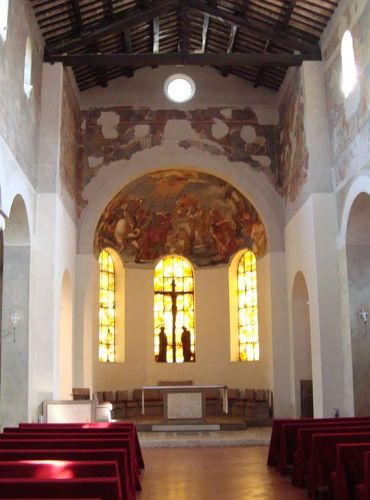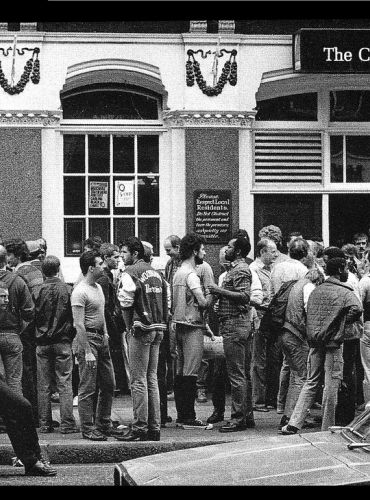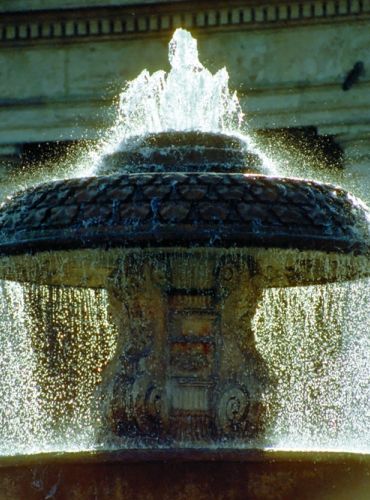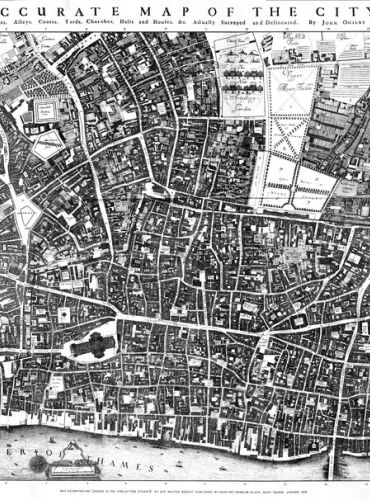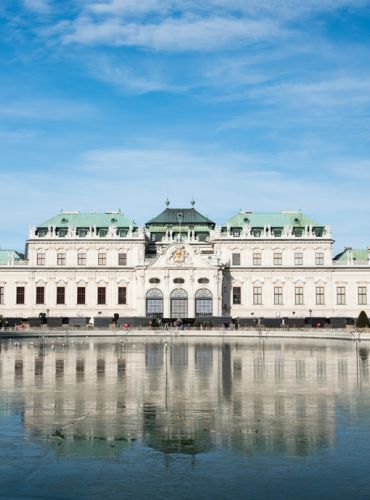From Gold to Dust - The Danish Girl

Giorgio Petti
Related articles

Page 3 of 3: P3

The Danish Girl
After the First World War, Germany became a republic. Despite being plagued by tremendous internal problems, including an enormous war debt to repay, the German Capital quickly reaffirmed its leading role as a tolerant city. With the vestiges of Imperial Germany gone, the bohemian and decadent connotation of its life increased. This is the golden era of Berlin, where pretty much anything was allowed, probably also because there were a lot of pretty more urgent problem on the agenda, including hyperinflation, which made the currency effectively worthless in 1921-1923.
Magnus Hirschfeld opened his Institute for Sexual Sciences in 1919 in a villa close to the Tiergarten and the Spree river. It was a revolutionary concept: broadening his scope he offered a clinic where he offered sex advice, birth control advice to straight couples and even collaborated on the primitive sex-change operations. Lily Elbe, the first transsexual, so vividly performed by Eddie Redmayne in the film The Danish Girl was operated by Dr. Magnus Hirschfeld himself in the Institute.
However opponents of Hirschfeld, especially Brand and Der Eigene, treated this as a freak-show. The magazine took a more and more anti-Semitic note and some of Brand's associates started flirting with Nazism.
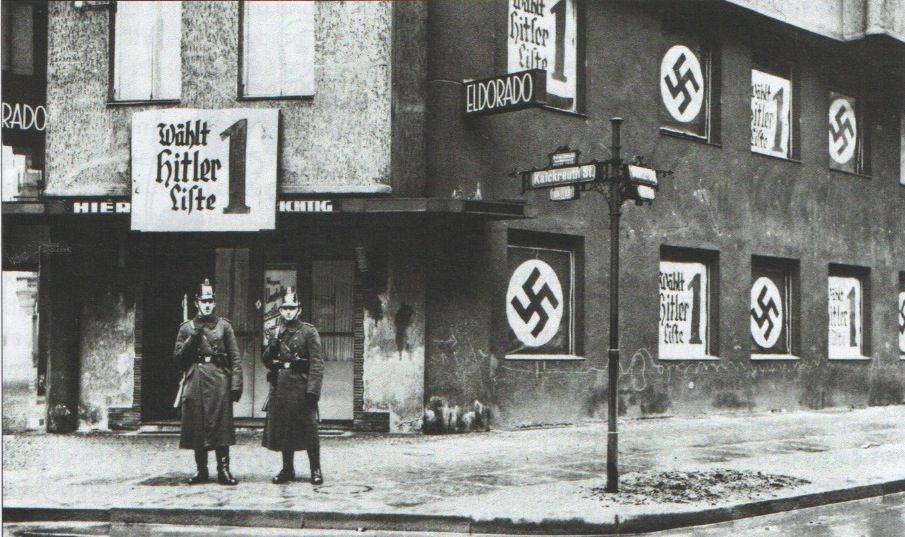
The fall
When in 1933 Adolf Hitler became Chancellor, the purge of LGBT clubs and institutions in Berlin gathered pace and organized gay group were swiftly outlawed. Some people managed to flee Germany, including Hirschfield, who was in the US on May 6th, 1933, when the Institute die Sexual Sciences was attacked by a Nazi mob, the huge library and archives hauled out and burned in the street, while Joseph Goebbels gave a speech. Also seized were the Institute's lists of names and addresses – it is said that this aided Hitler in his persecution and many of those people were rounded up and sent to the concentration or forced labour camps.
A route through history
Over eighty years have passed since the end of the Berlin Experiment. During WWII the city was heavily damaged by extensive bombardments and more changes were caused by the East-West division in 1963-1989. But if you are fascinated at how this city for a few decades became a shining beacon of LGBT tolerance and then dramatically turned into a terrifying nightmare, here are a few places worth seeing.
7 Nollendorf Strasse, Schöneberg
Christopher Isherwood, who so vividly depicted the Berlin of the late 1920s, lived here with Jean Ross, who acted as a model for the capricious nightclub singer Sally Bowles in his books (and the musical and film Cabaret). The building was also home to many weird and eccentric people who were translated in many characters of Isherwood's novel. His stoical landlady Meta Thurau, who was forced to take a lodger because of the post WWI economic difficulties, inspired the character of Fräu Schroeder, who Isherwood depicts as a typical Berliner of the time
Eldorado – Motzstrasse 25, Schöneberg
The legendary Eldorado nightclub stood in this location, now occupied by a supermarket (Speisekammer im Eldorado) between 1928 and 1933. Inside the shop there is a small photo-gallery showing the pace in its 1930 heydays, on two levels and with sumptuous chandeliers and art. Here transvestite performers nightly paraded on the stage and even straight people queued up in the street to enter the venue. Marlene Dietrich was a regular customer.
Schwules Museum - Lützowstraße 73. Kreuzberg – www.schwulesmuseum.de
Anyone wanting to know more about Berlin's (and Germany's) LGBT history should hear for this very well organized museum, that aims at tracing a history of the gay movement and its struggles. There are a few very interesting images and objects exhibited, a great window on the Berlin of the golden years of the 1920s, including magazines, show programmes and even the special tokens that were used by the punters of the Eldorado to tip their favourite transvestites. There are also plenty of heartbreaking images depicting the Nazi raids and of people who were arrested and deported to the concentration camps.
Site of Institute of Sexual Sciences
The site where the ISS was located was destroyed in WWII, but it was located along the Spree, where now the Haus Der Kulturen der Welt stunning building stands. However there is a plaque dedicated to Magnus Hirschfeld in the park, just to the west of this modern architectural landmark, placed here in 1994 to remember the actual location of the Institute.
Monument to the LGBT victims of Nazi persecution – Nollendorfplatz
While a new memorial to the gay & lesbian victims of Nazism has been inaugurated in 2008 in the eastern side of the Tiergarten, there is also a monument in Nollendorfplatz, maybe more poignant because it mentions the pink triangle (rose winkel) which the Nazi used to brand LGBT people. We can just picture thousands of them bearing this infamous symbol being deported from this area, once bastion of tolerance, to the labour and concentration camps.
Stolpersteine
The Stolpertsteine project was started by artist Gunter Demnig in 1996. He placed some 48,000 small bronze plaques on pavements around Germany to remember those who were deported by the Nazi between 1933-1945. Have a look around the Schöneberg area - most of the plates here commemorate the last known residence of hundreds of Berliners deported to the concentration camps because of their sexuality. An eerie reminder.
